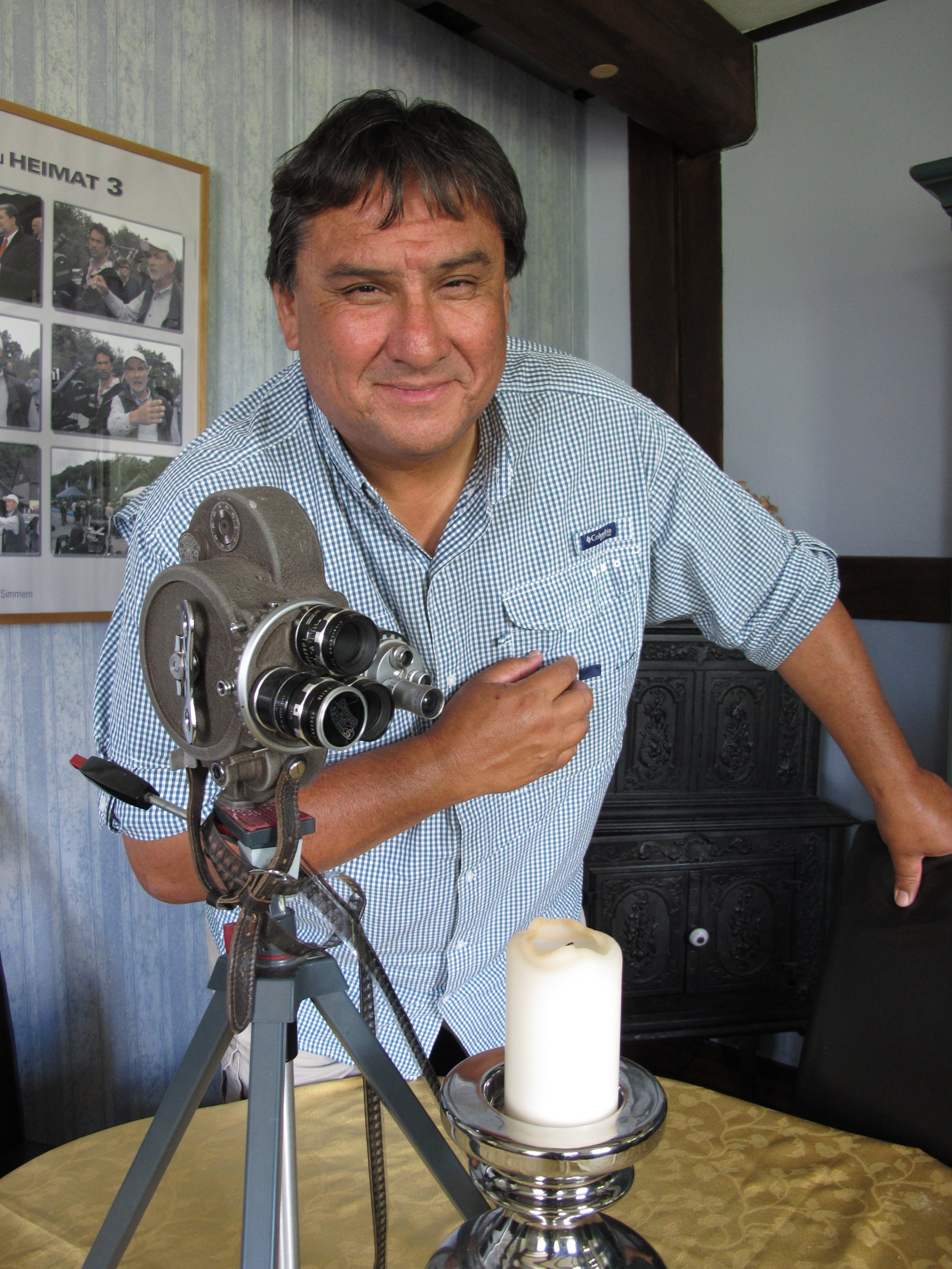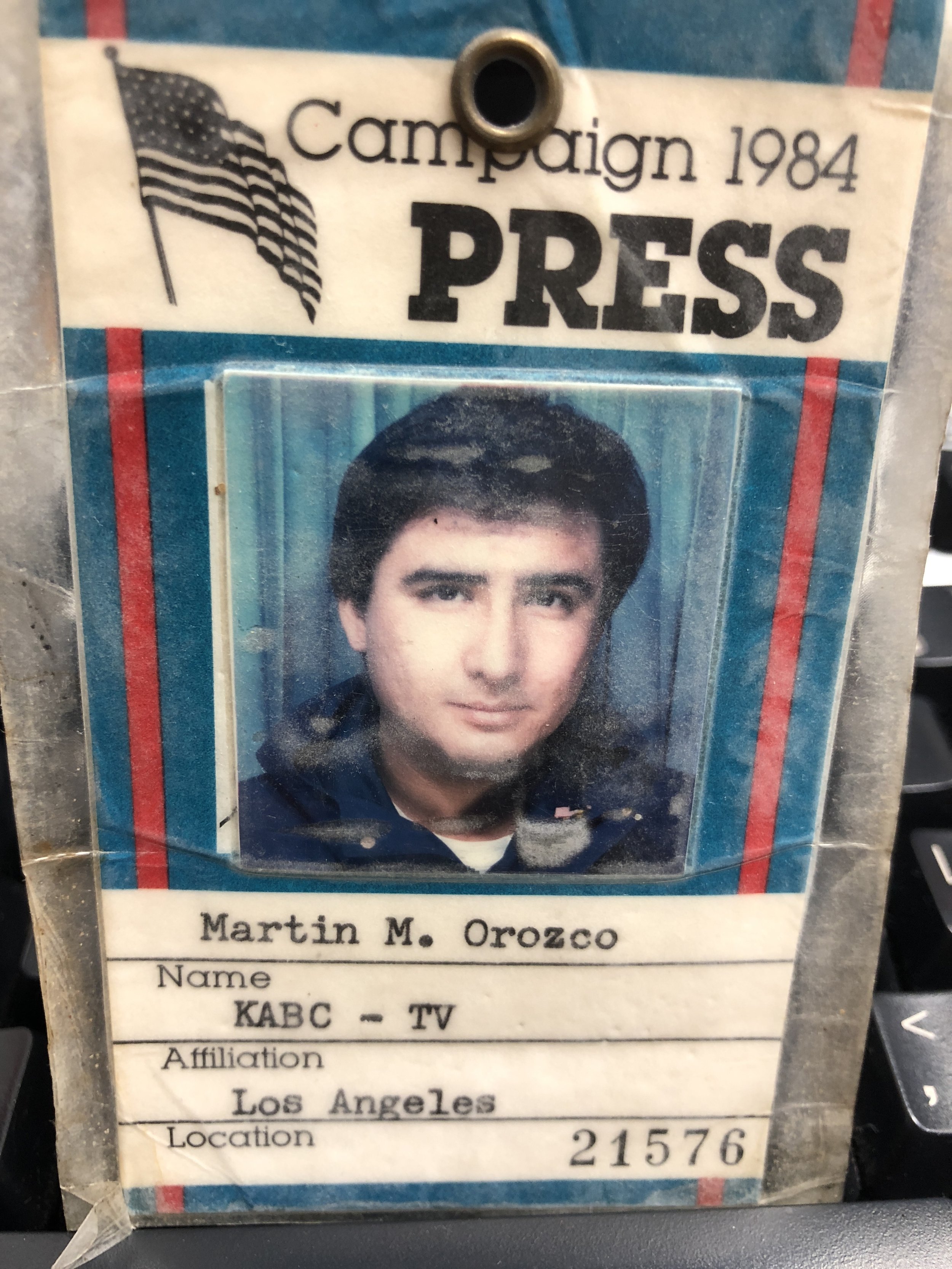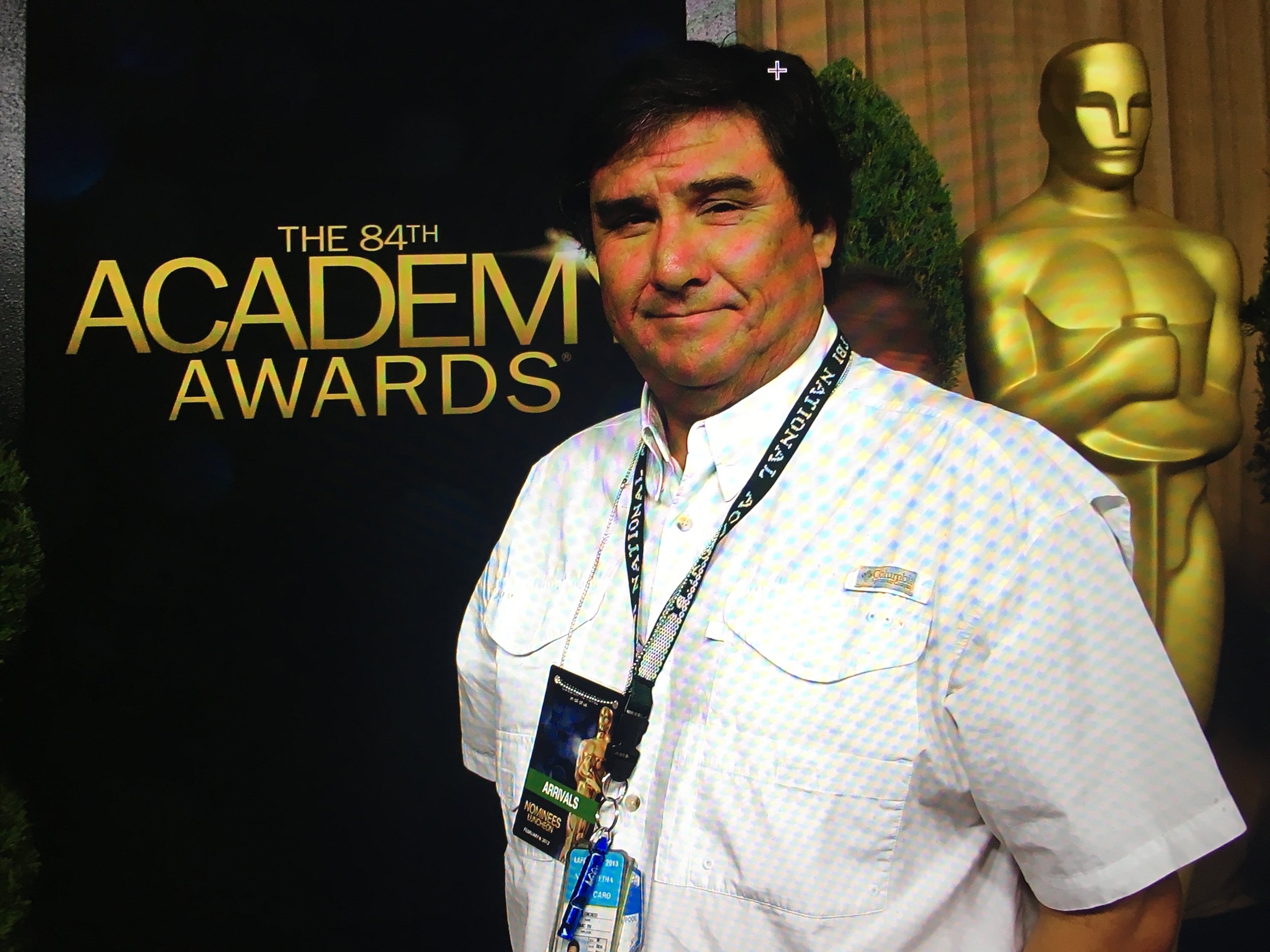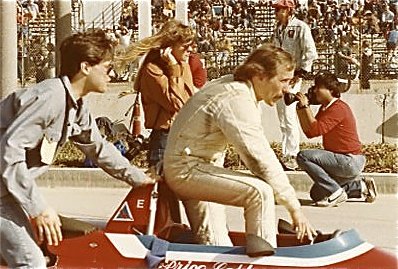April 2024 Martin Orozco
What is your current position and who is your employer?
My position is ENG news field cameraman working for ABC KABC 7 Eyewitness News. I’m based out of the Inland Empire Bureau in Riverside.
How long have you been a photojournalist and how did you get started?
I've been television news cameraman since 1983, but started as a news film cameraman apprentice in 1981 shooting 16mm film on a CP16. I was handed a Polaroid camera at the age of 9, just to keep me busy. In high school my godfather who shot landscape and architecture and taught me some shooting back then. In high school he lent me his 35mm Minolta SRT 201 to shoot with but got kicked out because the teacher in charge didn't like the 35mm format. Right out of high school I got to work on a motion picture as a helper slash security person and that is where I was exposed to the business.
I didn't like the movie industry and really wanted to get into news, I heard there was an apprenticeship at KABC shooting film. in 1980 I first got hired as a ABC Page working on shows with audiences and talent on various shows, after 14 months 1981 I got in as a news film apprentice joining I.A.T.S.E.659. The apprenticeship was supposed to last three years but after two years in 1983 I got moved up to the electronic side.
Studied photography at East Los Angeles College and at Rio Hondo where I took a television class and was given a C-. The teacher told me he didn't think I was cut out for the industry.
Please share some career highlights:
I would have to say having the opportunity to shoot 16mm film for two years for news.
Learning to shoot from a helicopter, handheld, using a Wescam and a Flir camera system. I was trained to operate a satellite truck which put me in a position to cover some big stories.
Covered every major brush fire in So Cal since 1981. Also the Landers, Northridge, Ridgecrest and every minor earthquake here and in Mexico.
Covered the L.A. riots of 1992 in the downtown area, I was 10 years old growing in up in East L.A. and was at the riots in 1970, so the 92 riots meant a lot to me. I was a block away from where Times reporter Ruben Salazar was killed.
Story highlights, hell, there are so many at 20 I was need deep in big events and stories, I looked at all this as this is my job, this is what I do.
I never entered any competition due to the fact I didn't have access to my stories that were kept in our station library. It wasn't last year I entered one.
What advice do you have for students and those hoping to become photojournalists?
My advice would be to document what is there, capture the moment. We lock time and record history as it really happened, stay focused on the story and be low key. Never voice an opinion even if it is a subject or someone you don't agree with, your there to do a story. This is a career in which we are educated and informed everyday. You must be able to adapt to the environment , people, the weather and the hours.
This not a glamorous job, it is one of great responsibility, one that people depend on you. Remember, we are part of the "big picture".
What is something you know now that you wish someone had told you when you were starting out?
I wish I was told to shoot more personal film and stills back in the early 80's.
What is your favorite part of being a PPAGLA member?
The fact that we are a group that is committed to cover news, life and history. Everyone is a creative and committed journalist that strive to tell a story in the most accurate way in any environment.





